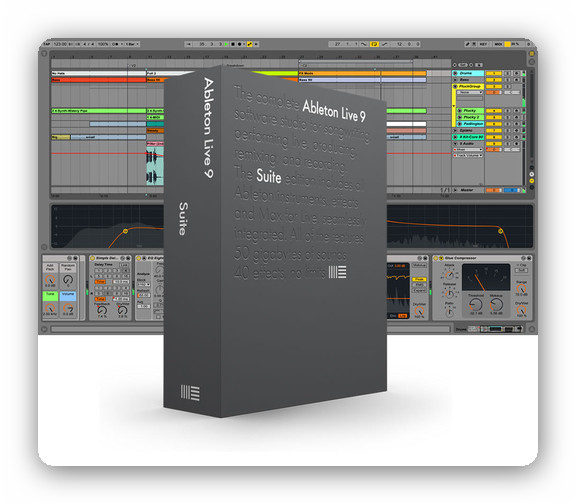
Still, technology doesn’t make it any easier to have an authentic moment with a stranger.

It’s rapidly being incorporated into all sorts of mobile music apps, as well as DAWs like Propellerhead Reason and DJ software like Serato. If you’ve ever tried to sync via Bluetooth, a wifi network, or a mess of cables and converters, Link is a legitimate technological breakthrough that just works. I jammed on this installation all weekend and never ran into an issue. Two computers with Ableton Live, separated by a long hall, wirelessly syncing tempo, flawlessly. Though Collaboration Is Easier Than Ever, Collaborating Is Still Hardĭemoing Ableton’s "Blind Date" installation and its Link wireless syncing protocol blew my mind. He simply smiled with a knowing glance around the conference floor. I remarked to Gerhard Behles, CEO of Ableton, that the grid was the instrument of the 21st century. The new polyphonic sequencing view in Live 10, which borrows from the brilliant sequencer in Novation’s Circuit Mono Station, reflects how designers are still discovering new ways to map old concepts to the grid. The pads on the Ableton Push 2 feel amazing, and Novation continues to refine and improve their Launchpad products.įor software developers, the grid presents an infinitely adaptable interface that still reinforces the constraints that jumpstart creativity. So what’s next for the humble grid of buttons? The focus from manufacturers is on making the grid more expressive, with better velocity sensitivity, aftertouch, and improved manufacturing quality.


I had to chuckle every time I got into a discussion with a fellow conference attendee, and we both started intuitively "air gridding" (it’s like air guitar, but for grids) to communicate music production ideas. I had a chance to play Arturia’s MatrixBrute, which uses a grid for everything from patch design to sequencing, and was blown away by how deeply ingrained the matrix is in the synth experience.


 0 kommentar(er)
0 kommentar(er)
